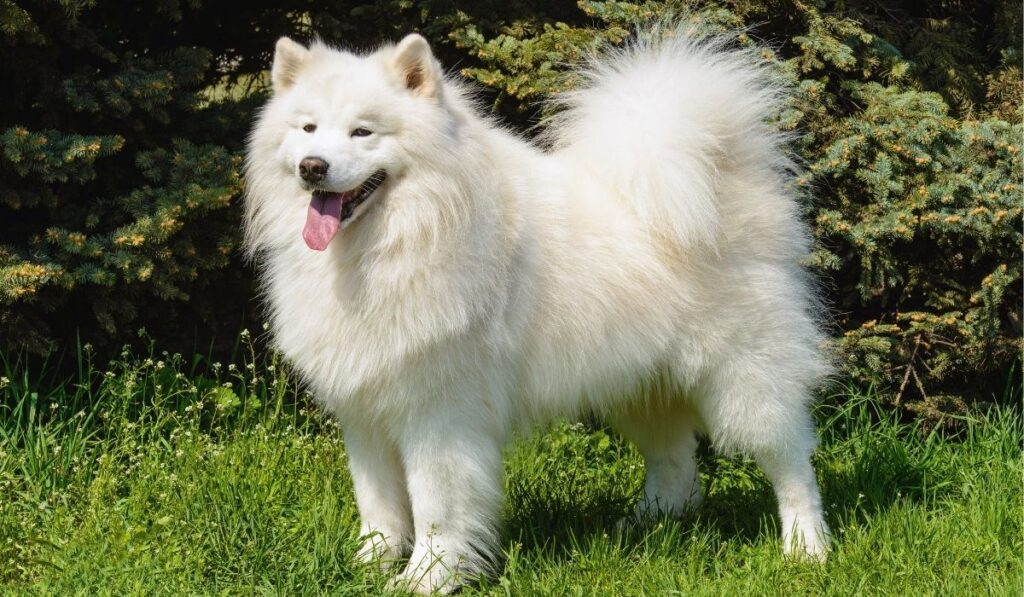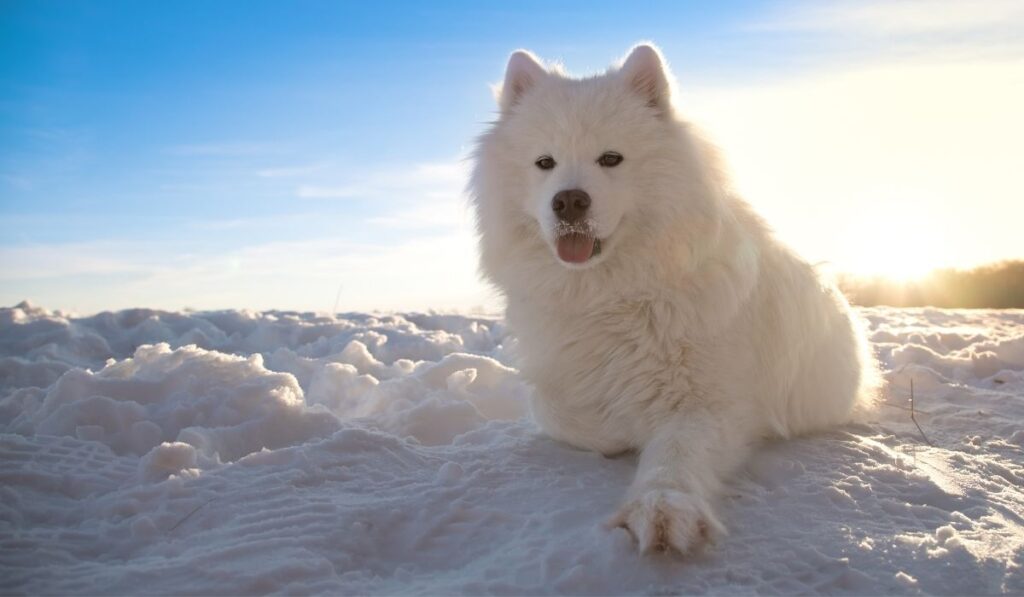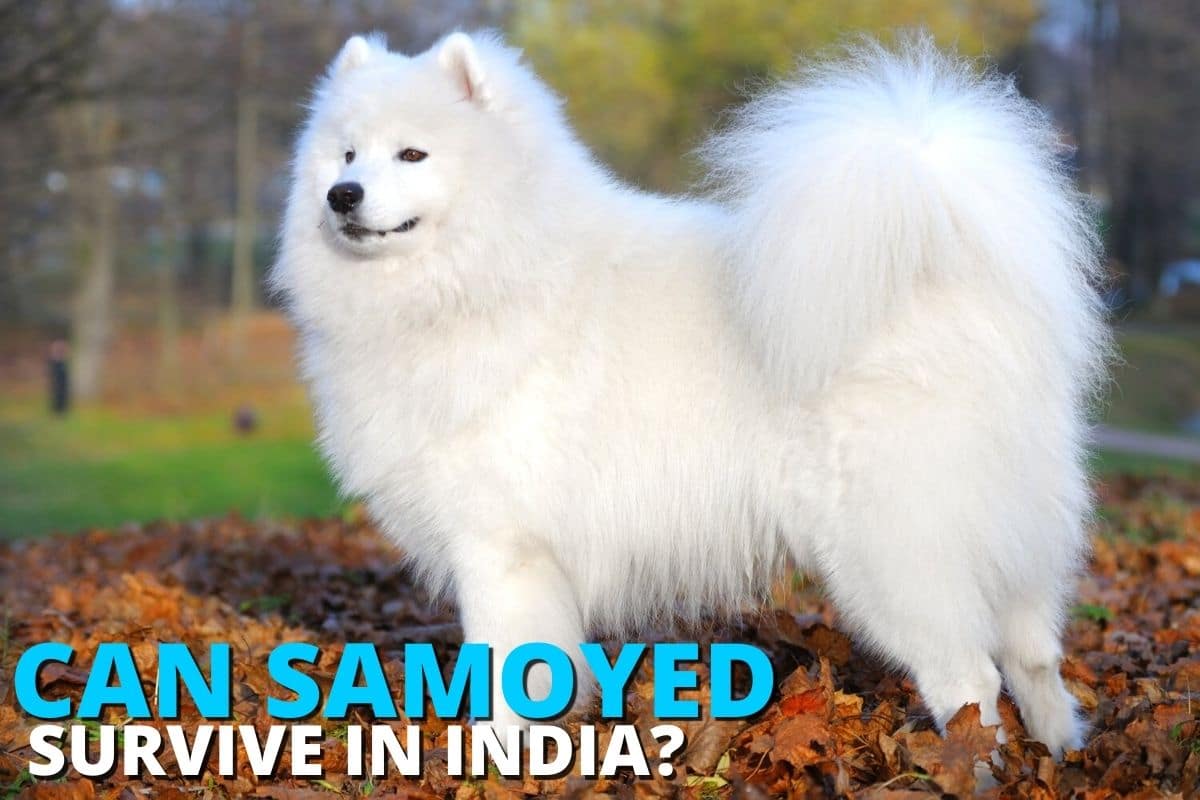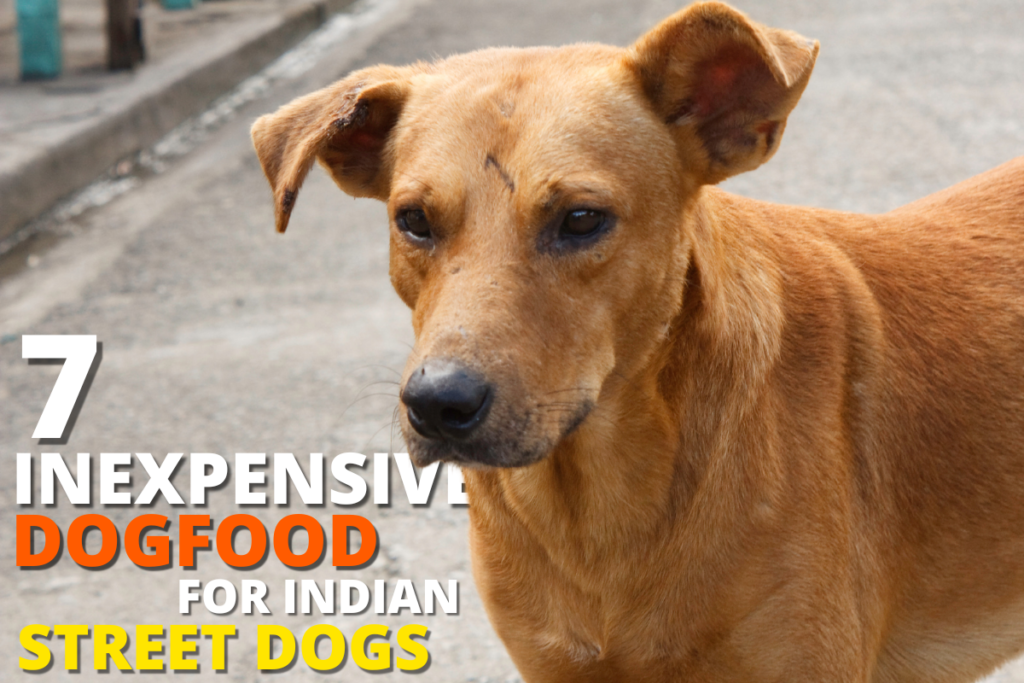Samoyed’s are an extremely friendly and playful dog breed. They are one of my personal favorite breeds as they are fun, intelligent, quick learners, and sociable. They can be a little stubborn but finding an aggressive Samoyed is rare. Furthermore, they are great family dogs and the best option for families with young children. They have a cool temperament and can easily gel with strangers.
But can Samoyed survive in India? Can they survive in this hot humid Indian weather? In today’s article, we will find out if Samoyed’s can survive in India.
Origin of Samoyeds
Before we start with the list, let’s first gain a little knowledge about this breed and its origin. This will help you understand them better and cater to their needs. Samoyed is a medium-sized dog breed with a thick, beautiful coat.
They are Spitz-type dogs that get their name after the Samoyed people, a nomadic tribe that lived on the tundra of northern Russia and Siberia. They are identified as a basal breed that predates the emergence of the modern breeds in the early 19th century.
Not only that, but they were originally used for herding, hunting, reindeer, and hauling sledge. Likewise, they are proven to be great valuable companions and loyal towards their owners.
Guide
If you’re planning to buy a Samoyed or already have one, you might be wondering if they can survive in India? Well as mentioned above they originally belong from Siberia and are used to a colder climate. It is a foreign dog breed and is not used to the harsh Indian conditions.
Many important factors need to be taken into consideration before making them your family member. Things like physique, adaptability skills, and Indian climate.
You can find Samoyed in India but they are mostly imported and are considered a rare breed in India. You won’t just see a Samoyed walking randomly on a street or sold locally in India. But let’s not forget that dogs are infinitely adaptable animals and can be trained to live according to their environment.
Samoyed Physique

They stand up to 20-22 inches in males and 18-20 inches in females. They can weigh up to 16 -25 kilograms and are considered medium-sized dogs. People often get them confused with the Indian Spitz but they both are completely two different breeds.
They have triangular-shaped ears that are erect and covered with thick soft fur. They are mostly white but often have a light brown tint (also known as a biscuit) usually around the tip of the ears. Samoyeds have beautiful almond-shaped eyes that are either black or brown.
They have a thick fur and undercoat that keeps them warm during the colder seasons. The top layer contains long coarse and straight hair while the undercoat is a short soft thick fur that keeps them warm. This can act as a huge problem, especially during the hot summers in India. Heat can easily get trapped and overheat a Samoyed.
Indian Climate

Unfortunately, Indian summers can be extremely harsh and humid for a Samoyed. Their bodies are designed to insulate their body against the chilling Siberian cold and not the heatwaves of India. Sadly, the climate of a country can’t be controlled, but we can always look for a better alternative.
The ideal temperature for a Samoyed is around 23°c to 25°c and an average summer day in Indian is around 30°c to 32°c. You see there is a huge difference between the temperatures and maintaining a cool temperament can be a difficult task.
Dogs have few sweat glands and overheating is very common in double-layered dog breeds. Overheating can cause a heatstroke which is an absolute big NO NO. There are many alternatives that you can use to cool them faster and make their life easier. Here’s a list of things you can do to cool their body faster.
Hydration
Water plays a huge role in keeping them hydrated and cool throughout the day. Keep easy access to water bowls and stands. I would suggest you place at least 2-3 water bowls or water stands throughout the house.
Evening walks
The ideal time to take your dog for a walk is late evening or at night. As the temperature drops, it will be a much more pleasant walk for your dog. Carry a water bottle for hydration and maybe a small spray bottle to sprinkle some water from time to time
Cold treats and water tubes
Panting is the most obvious form of evaporation in dogs and is the best method to cool their body faster. Why not make this process a bit easier for them. How about a cold yummy treat, especially on a hot summer afternoon?
You can always treat them with cold snacks that are yummy and refreshing. Just pour some chicken stock with their favorite treat in an ice tray and pop them in the freezer. Voilà! Yummy mouthwatering cold treats are ready.
You can also use water beds to help them cool faster, but they can be ridiculously expensive. I would suggest you buy an inflatable pool bed or tube as it will give you the same results at an affordable price. Just make sure to fill it with cold water.
Maintain a cool temperature
Maintaining a cool temperature throughout the day is important. Shifting your sammy to an air-conditioned room or under a fan or in a shady place would be ideal. This will help them regulate their body temperature easily.
Indian Temperature is one of the major obstacles that you and your sammy need to overcome. But don’t panic, with time the dog will learn to adapt to its environment, and you need to ensure you keep them as cool as possible.
Adaptability skills

As mentioned above they are quite adaptable, but that doesn’t mean they can change it to a drastic level. Location plays a huge role because it determines many factors like weather conditions, lifestyle, availability of things, and much more.
For example, Samoyed would adapt much better in the northern states of India than in the southern parts.
Also read: Samoyed Dog Price In India [2021]: How Much Would It Cost
Conclusion
So can Samoyed survive in India? Yes, they can but many factors need to always be considered. Make sure to always keep them hydrated, maintain a cool temperature, cold treats, etc.
Choose this breed only if it can adapt as per your location. You and the dog both will be happier. I hope you guys enjoyed reading this article and find it helpful.




